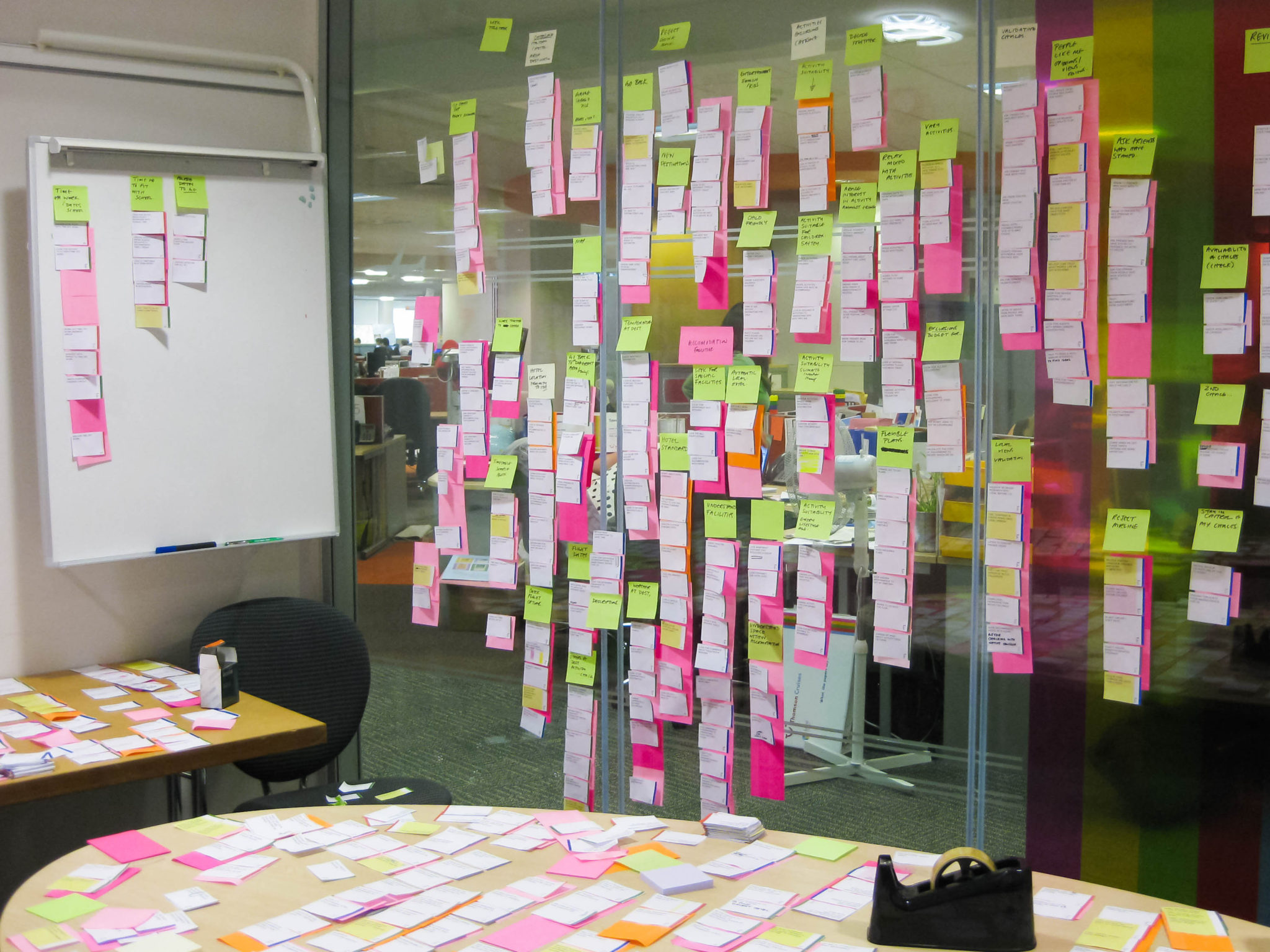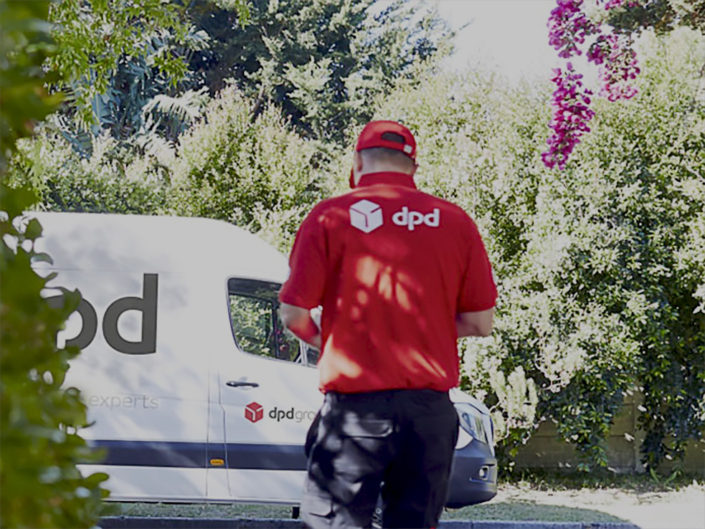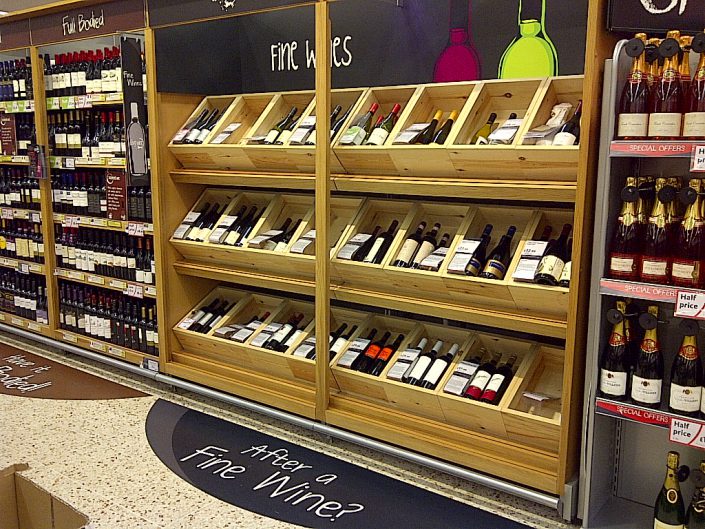TUI Travel
TUI Travel plc owns many of Europe’s best-known holiday brands including Thomson and First Choice (prior to its UK brand consolidation exercise in September 2017). It was at TUI where I held my first position as a UX Designer. The position was specifically for Thomson Holidays and the first UX position at the company.
During my time there, I was responsible for various project and BAU activities. One of the most memorable was the creation of a Mental Model which was used as an input into a large re-platforming project.
A Mental Model is a diagram whereby the top part is a visual depiction of the behaviour an audience exhibits when trying to achieve a particular goal, in this case experiencing a successful holiday. The bottom part of the model shows how these behaviours are currently supported; opportunities are identified when there are unsupported behaviours.
To create the top part of the Mental Model, we identified potential groups of people who approach holidays differently via an in-house workshop and used this as the basis for our recruitment.
In total 16 one-on-one interviews were conducted consisting of both existing and potential customers.
Interviews were transcribed verbatim and ‘combed’ for any reference to what participants were doing, thinking or feeling and each of these tasks was assigned its own card.
These cards also contained a reference so they could be traced back to the original transcript.
All of the identified tasks were subject to multiple rounds of affinity sorting and analysis to identify similarities and patterns.
We had different members of the team help identify patterns over multiple sessions to ensure that no one perspective dominated the Mental Model.
Instructions were displayed during each of these sessions to act as a quick reference for participants with any questions.
During the affinity sorting exercise, duplicates were identified which highlighted universal tasks and, in turn, those that only occurred for certain user types.
As the affinity sorting matured, natural groupings began to form and tasks that were conceptually related in nature (but not the same) were used to create ‘Towers’.
To begin with, the Mental Model was used to identify gaps in the current offering and act as an idea generation tool as it showed what customers were trying to achieve, and what kind of information they were seeking.
As the project progressed, it was used as a reference point to ensure the design stayed on track.
Some other projects you might be interested in
Alternatively, if you’d prefer to discuss how I can help with your project, feel free to get in touch.










